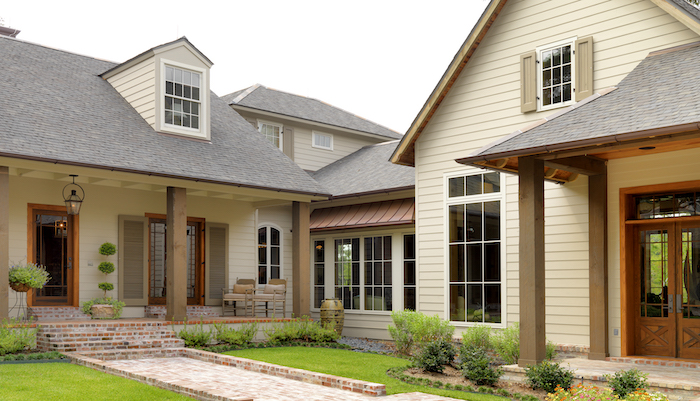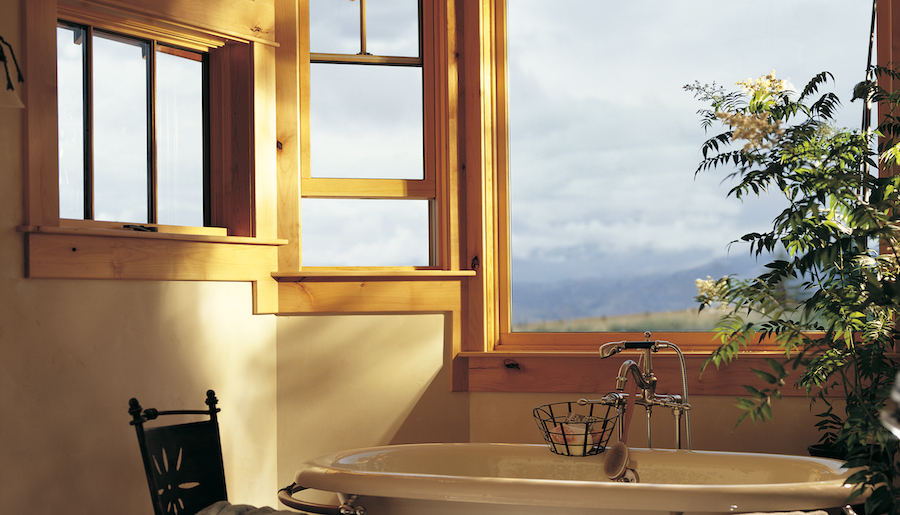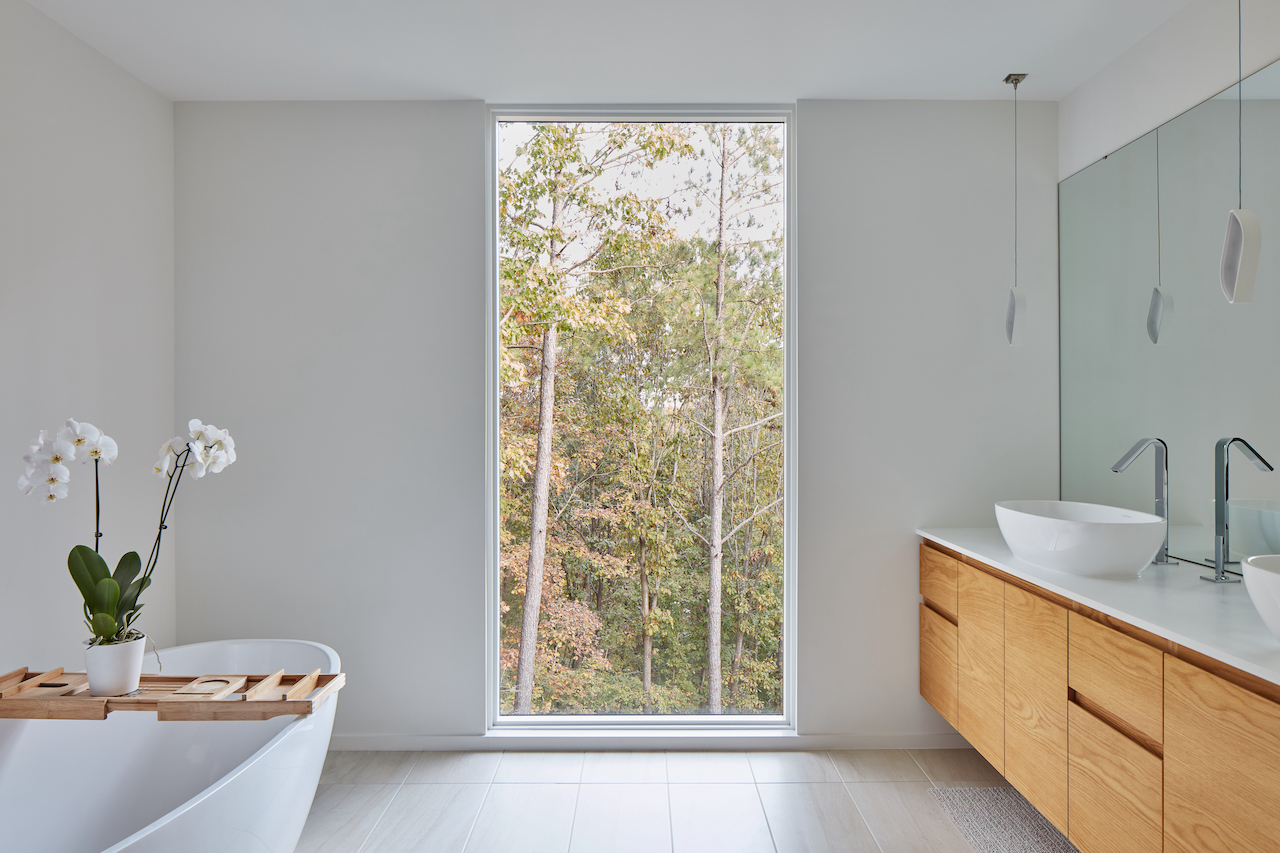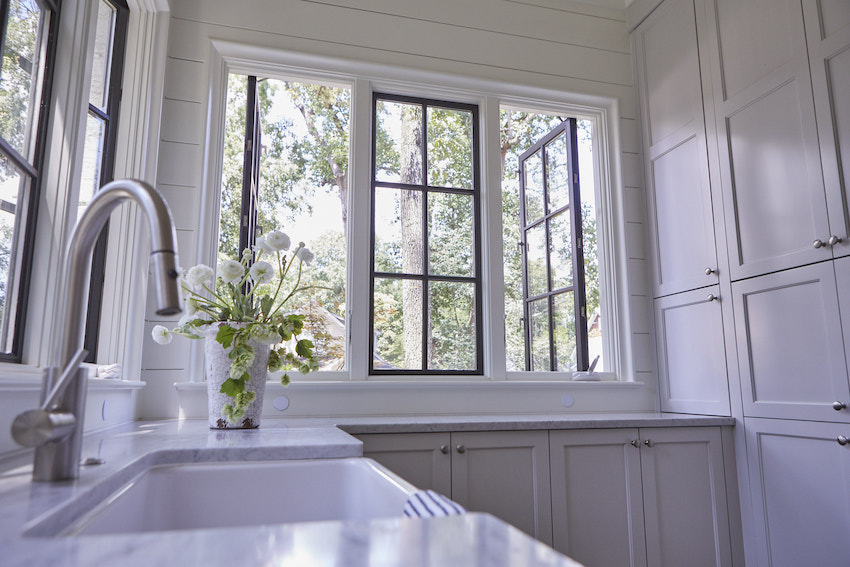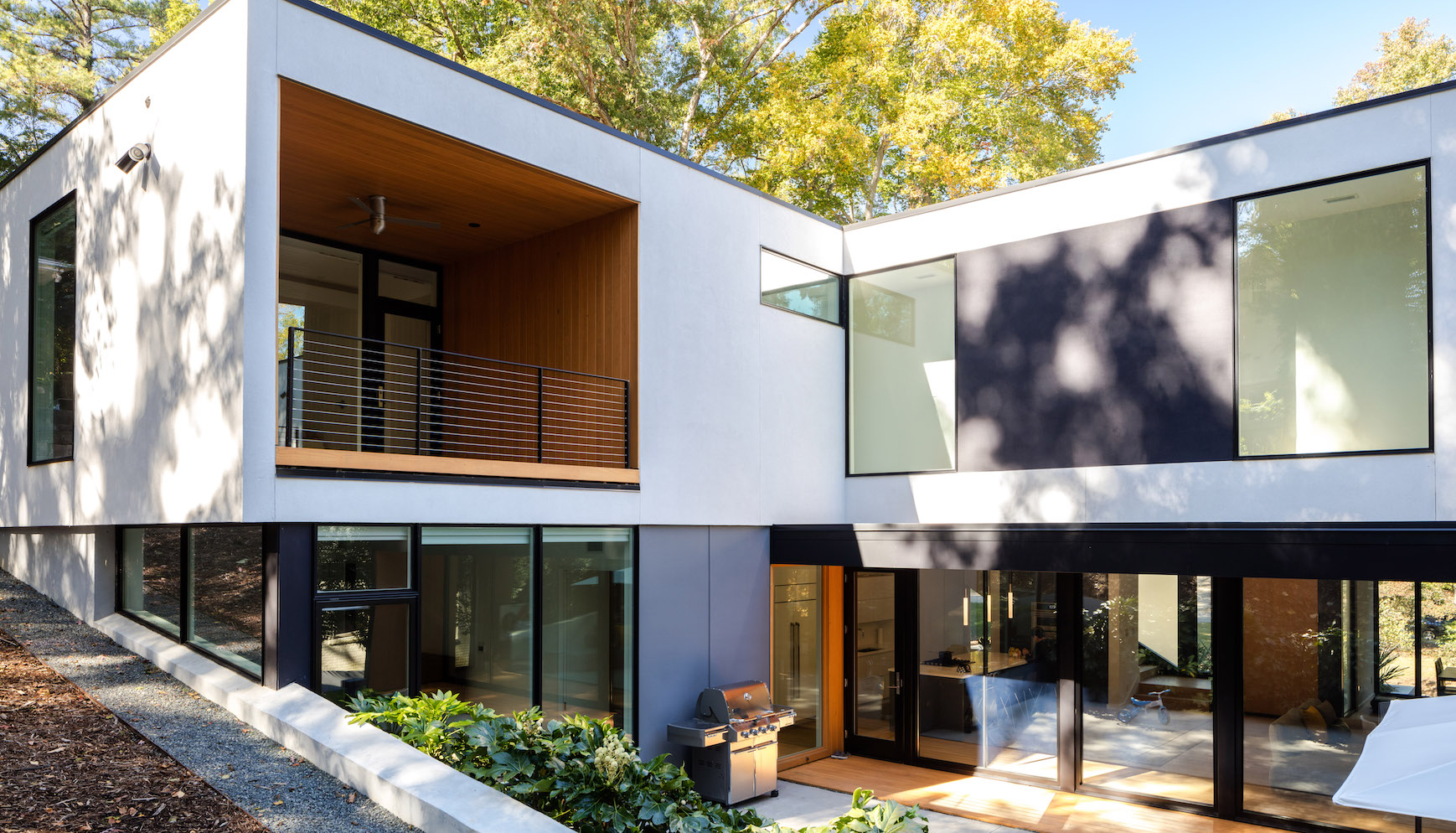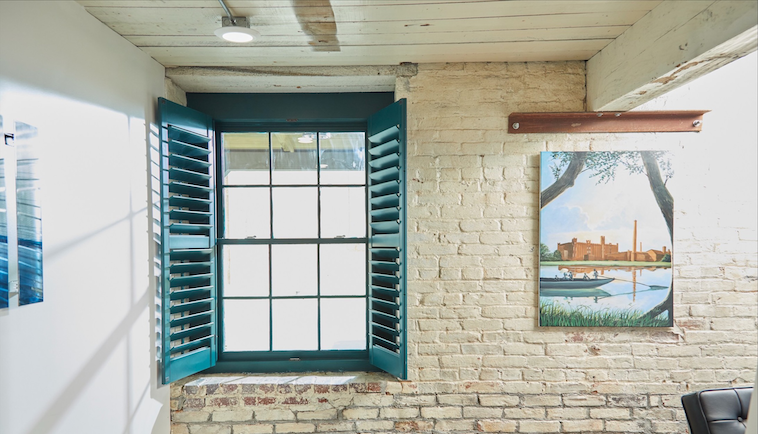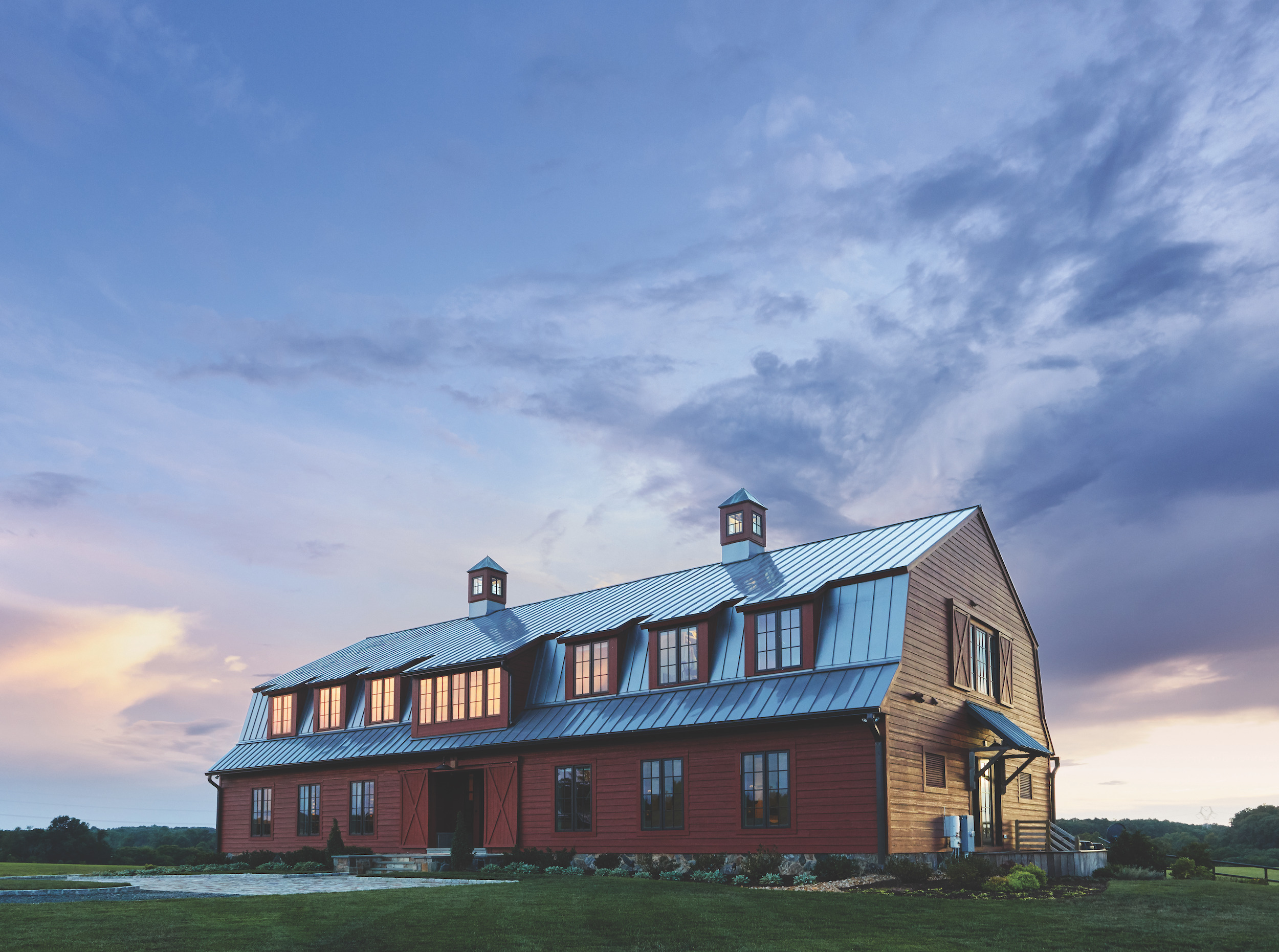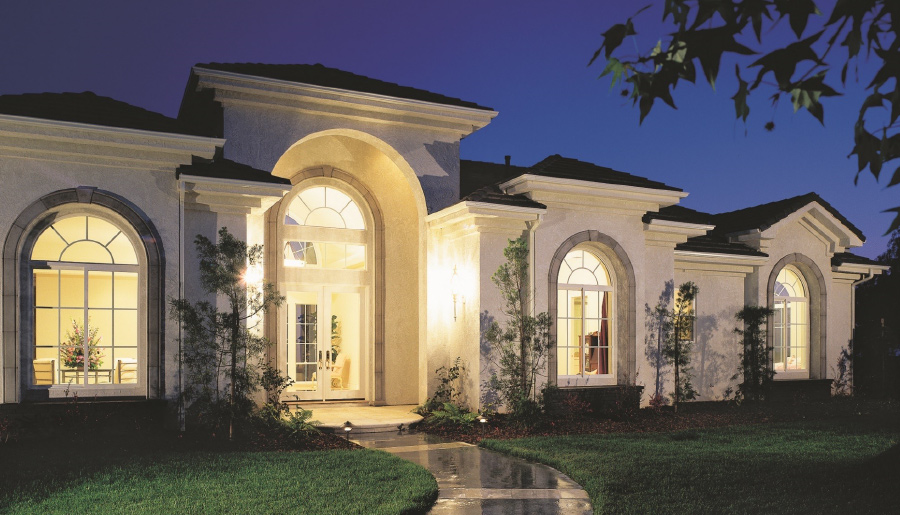Explore four different examples of how builders used newly fabricated windows that were custom-built to meet historical requirements.
The need to differentiate applies to players across the building industry, including building product manufacturers. What really distinguishes one wood window maker from another? To answer that question, let’s take a quick trip to America’s rainiest location — Hilo, Hawaii.
Large expanses of glass continue to be one of the residential construction industry’s hottest trends. The clean lines, broad panes of glass, and elegant simplicity deliver remarkable looks, open sightlines, and a seamless connection from indoors to out.
BIM is an approach to design and construction. It’s built around a digital model of the home and draws on a database that spans costs, engineering specs, and schedules — a one-stop resource.
It’s no secret that homeowners are veering more toward the modern and contemporary in their style choices. And that minimalism includes the window market, where it’s manifesting itself in the form of clean lines, simple shapes, dark colors, and more glass. Beyond looks, homeowners expect high performance in the form of efficiency, functionality, and durability.
Here are seven window trends that are very popular with consumers this year.
As the U.S. emerges from a life-altering pandemic, here’s what builders should focus on to get ahead of the next housing phase.
Discover the top five window brand considerations that homeowners ask about
Builders overcome the challenge of restoring historic buildings by replacing deteriorated wood windows with high-tech wood windows that don’t rot and are environmentally friendly. Restoring historic buildings can be a challenge, particularly when it comes to replacing deteriorated wood windows. Dry rot is the main reason why architects and builders need to restore old windows in historic buildings, meaning that new windows need to be able to stand the test of time. Today, builders are finding innovative ways to effectively replace historic windows with high-tech wood windows, which have a specific environmentally friendly treatment process to prevent against wood rot, bending, or insect infestation. This is the first in a four-part blog series that revolves around the design flexibility, aesthetic, and durability of wood windows. High-tech wood treatment In the 1970s, the US Department of Environmental Quality outlawed pentachlorophenol-based (penta-based) wood-dip treatments, a common perpetrator of volatile organic compounds (VOCs) that caused harmful health and environmental risks. Instead, manufacturers began to use a more environmentally friendly product called Woodlife F. But while Woodlife F was great for the planet, dry rot would still form if it were exposed to…
Michael and Nea Poole of Poole & Poole Architecture didn’t know their drive past a picturesque local cornfield would lead to a building project of their own. But the old barn they discovered just spoke to them, and they decided to restore it and turn it into a one-of-a-kind home. For help, they turned to Scott Smith, founder of Portico Classic Homes in Richmond, Virginia. The team’s plan blended modern and existing with a focus on letting in as much light as possible. Smith chose JELD-WEN for the structure’s large doors and its 96 windows, collaborating on customized products that beautifully aligned with the Pooles’ lifestyle and their bold aesthetic vision. To see how JELD-WEN windows and doors helped the Pooles transform a dilapidated barn into a showstopper farmhouse, watch the video.
Windows provide more than just light — it’s time to dive into the processes, benefits, and options with various building materials. Windows don’t simply emanate light into rooms anymore. Today they can affect everything from biophilic design to circadian rhythm to energy efficiency. Whether you’re a designer, contractor, or builder, there are many considerations to think about when choosing the best windows for a homeowner’s project. It’s important to have a solid understanding of the following topics when approaching a project. Performance classifications and gradesTestingManufacturing processesPerformance benefitsDesign options of various window types Each of these considerations align with the 2017 edition of the North American Fenestration Standard (NAFS), which currently defines the performance requirements for windows, doors, and skylights made of aluminum, vinyl, ABS plastics, fiberglass, cellulosic composites, and wood. These vinyl windows not only let in plenty of light and scenery, but they’ll last for years with their strength and…

